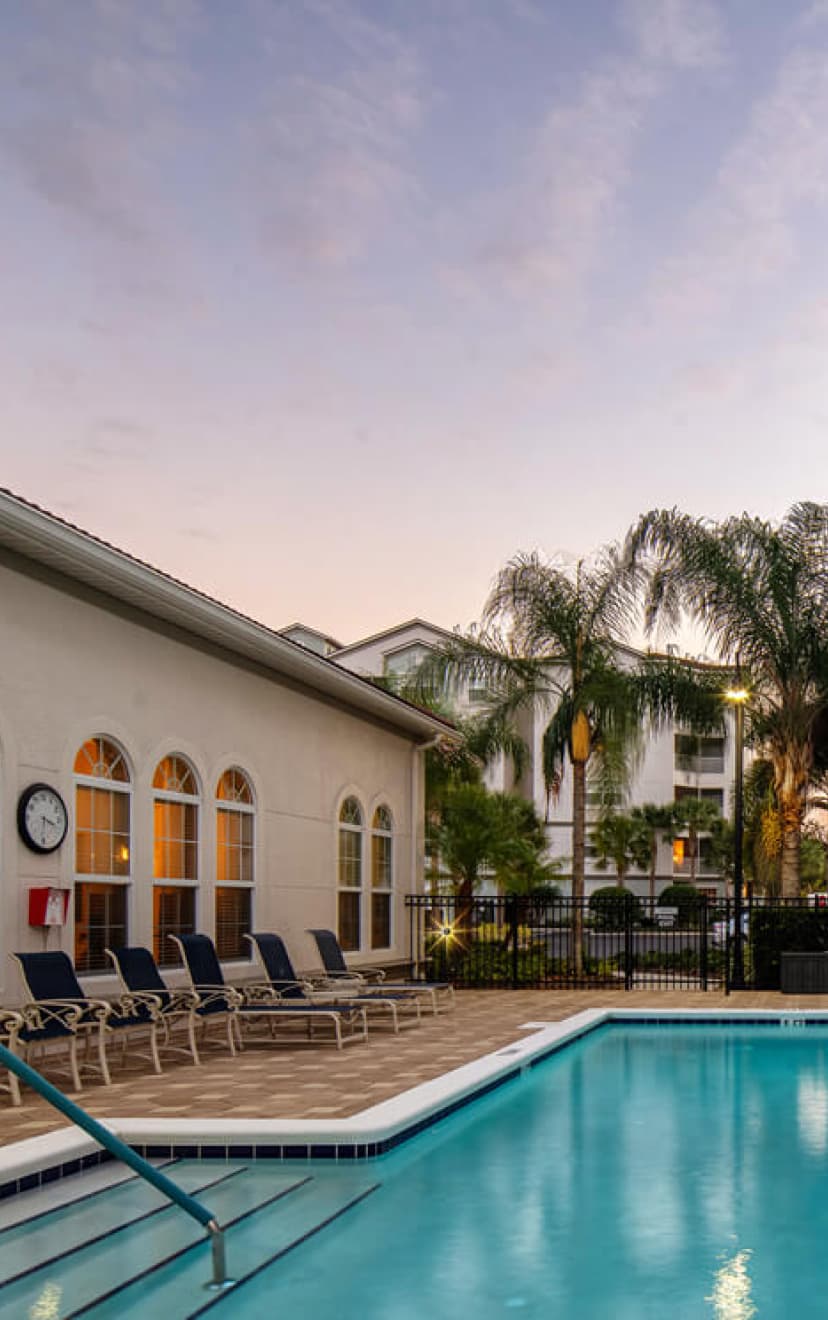Being able to retire is a significant accomplishment! It’s also a time for big changes and important decisions. Two of the most significant decisions involve where to live in retirement and how to pay for it.
Your first thought is probably to remain in your home for at least the first part of your retirement years, but what about an active adult retirement community?
Many retirees explore the option of active adult retirement communities and how the cost compares to remaining in their current home. But before you decide, you must understand the cost and value of both options.
In this article, we’ll help you determine if you can afford an active adult retirement community.
What is an active adult retirement community?
Today’s seniors are much more independent, active, and living longer than ever before. They expect senior living communities to provide high-quality services and amenities in a vibrant and energetic environment.
Active adult retirement communities are designed for healthy, independent adults, typically aged 55 and older, seeking a maintenance-free, socially active lifestyle with resort-like services and amenities.
According to Senior Housing News, active adult retirement communities are becoming increasingly popular among older adults seeking an assisted living alternative.
One of the most significant benefits of active adult living is the convenient onsite services and high-end amenities available to residents. Active adult living communities like Allegro’s Arietta in Sarasota, Florida create a lifestyle that allows residents to focus on and enjoy the things they love.
Check out Arietta’s exceptional services and amenities:
- Housekeeping and laundry services
- Swimming pool
- Gated community
- Chef prepared meals
- Coffee bar and lounge area
- Fitness center
- Yoga studio
- Nail and hair salon
- Billiards and game room
- Transportation services
Evaluating the cost of an active adult retirement community
An active adult retirement community can cost as much as $3,000 or more per month, depending on the geographic location, type of floor plan, services, pay structure, services, and amenities. Additional costs such as entry fees, deposits, amenities, and meal plans are typical expenses that must be considered.
Evaluating the cost of aging in place in your home
Deciding to remain in your home during retirement has the benefits of being comfortable and familiar. There’s nothing like home, and it’s understandable why many seniors choose to age in place.
Many retirees incorrectly assume that remaining at home is more cost-effective than living in a retirement community, especially if your mortgage is paid off. There are costs associated with aging in place that should be considered when calculating your real cost of retiring at home:
- Property taxes
- Homeowners’ insurance
- Maintenance and repairs
- Utilities
- Home modifications for aging safely
- Groceries
- Entertainment
- Gym memberships
- Dining out
- Homeowners association (HOA) dues
- Owning and maintaining a vehicle
Comparing the cost and value of active adult retirement living with retiring at home
Determining if you can afford an active adult retirement community takes careful planning and a thorough look at the cost of each option and your current finances. While cost is a significant factor, it’s equally essential to consider the value for money that an active adult community provides.
Wrap up
Choosing an active adult retirement community involves carefully considering your lifestyle and financial commitments. By thoroughly evaluating the costs, comparing them to your current expenses, and exploring the potential value for the money, you can make an informed decision that fits your budget and enhances your retirement experience.
Contact the friendly advisors at Allegro’s Arietta Active Adult Living community to schedule a visit or for more information. Explore the funding options for paying for senior living, download our free Guide to Funding Senior Care & Housing.








Comments